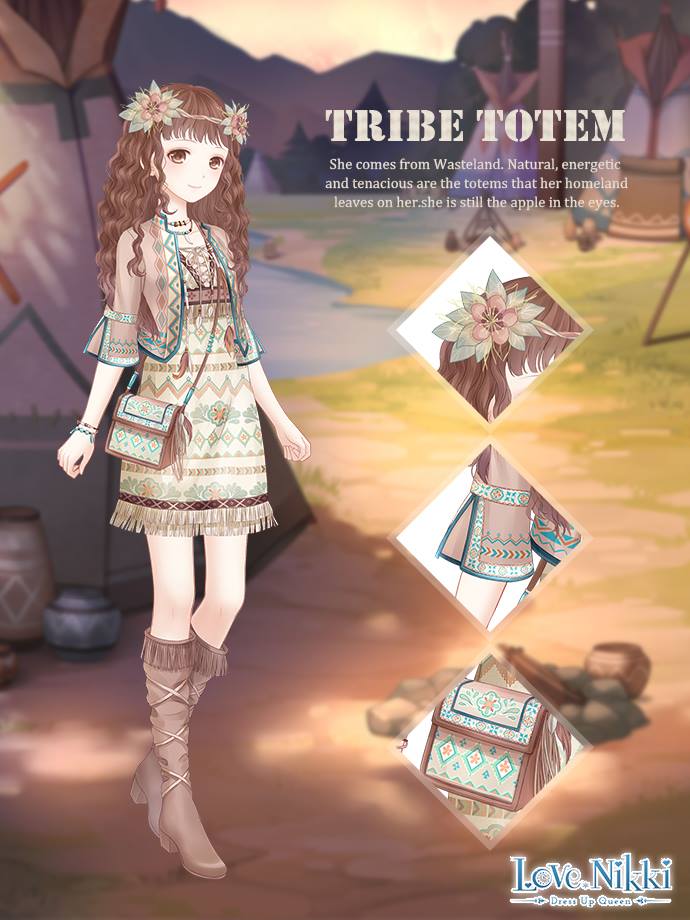

The Forest comes equipped with Claws and Beaks, Totem's anti-resonance devices.
#TOTEM TRIBE GOLD FROST TOWER DRIVERS#
Humid-type gaskets, which remain in a fluid state, are used around the drivers to ensure both damping and decoupling. Sure enough, when I tapped it, the Forest felt very dense and rocklike-like the Revel Salon. An internal full-plane cross-brace further strengthens the cabinet. The enclosure's sharply angled inner floor breaks up standing waves, and the joins are lock-mitered to create a monocoque structure. The Forest's cabinet, veneered on all six surfaces, appears to be very rigid, with a gracefully rounded front baffle with flush-mounted drivers and an angled rear baffle. On the other hand, small minimonitor enclosures lack the capacity for playing very deep bass, and can be limited in dynamic headroom. Bruzzese claims that small, rigid enclosures are less apt to store energy and radiate it later, leading to interference and blurring. Such a narrow profile helps optimize diffraction effects, and allows the drivers to more closely approximate a point source than might occur with a wide-baffle design. The Forest is a two-way, floorstanding tower loudspeaker with two drive-units-a 1" SEAS aluminum-dome tweeter and, below that, an Acoustic Technology International (ATI) 6.5" midrange/bass driver-mounted in a narrow, 3'-tall cabinet less than a foot wide and a foot deep. So, instead of quitting while he was ahead, Vince Bruzzese sent along his latest minitower, the Forest. Of course, it's a reviewer's nature and job to find tiny irritants in the most perfect of products, and it's a designer's nature to continue to invent new speakers and send them to reviewers. allowed the music to communicate in a most effective manner." (Vol.19 No.2.) Although JA almost uttered the B-word when considering the Mani-2's price ($3995/pair), he restrained himself out of admiration for the speaker's musical qualities and test-bench performance. John Atkinson did, when he enthusiastically recommended the Totem Mani-2 for its "clean treble, transparent midrange, natural dynamics, and powerful extended bass. Would the Stereophile magazines ever cut Vince a break? The Totem Mite-T ($895/pair) was "pleasant and seductive".but its resolution was limited by a recessed upper midrange ( SGHT, June 1998).

Then came the Totem Tabù ($2995/pair), with its transparent highs and palpable, three-dimensional imaging.but an overly analytic midrange and a tendency to sound a little hollow when listened to directly on-axis (Vol.20 No.2). Bruzzese reintroduced the speaker as the Signature Model 1, with improved power-handling and increased bass response.but its midrange was still too strong on-axis (Vol.21 No.1). Every review of one of these designs has raved about their strong bass response and three-dimensional imaging, but ends with a "but": "the sound is totally awesome, the imaging is holographic, and my wife thinks it looks terrific in the living room, but."Īn example: Totem's Model 1, a small, 7.2-liter minimonitor, showed a strong low-frequency response, sweet highs, wide dynamic range, three-dimensional imaging, and smooth, velvet highs.but the midrange was too prominent ( Stereophile, Vol.16 No.4). Those who have read this magazine regularly over the past five years know that Canadian designer Vince Bruzzese has been marketing his small, two-way loudspeakers under the Totem Acoustic brand name.


 0 kommentar(er)
0 kommentar(er)
